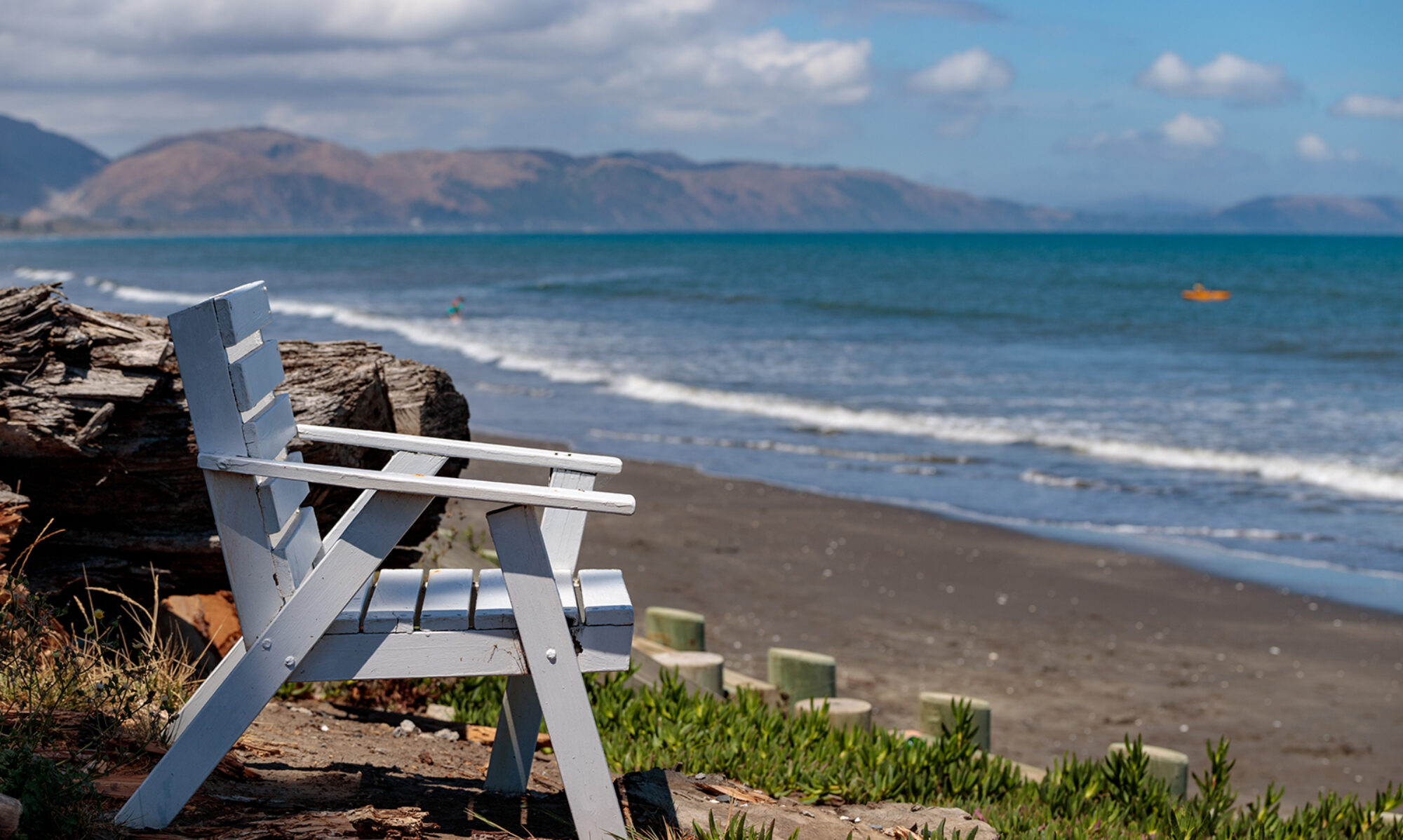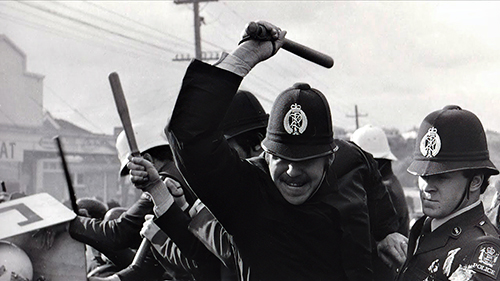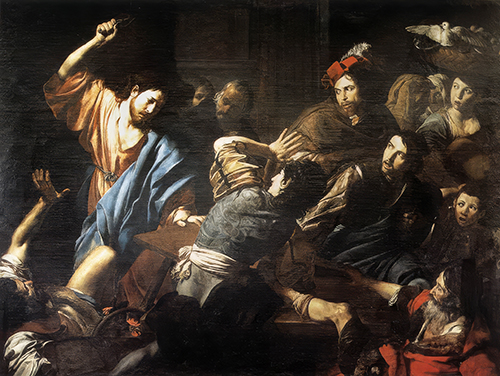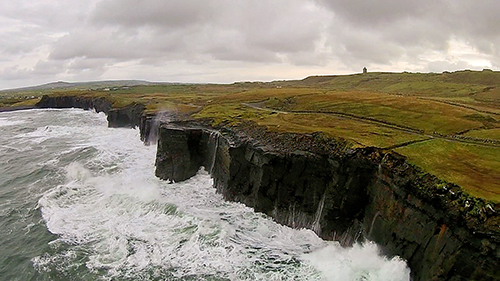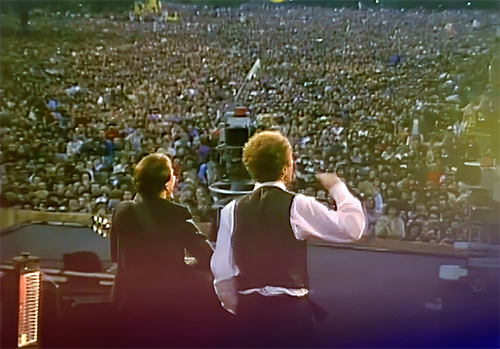
On Saturday, September 19, 1981, on the Great Lawn, the central open space of Central Park, legendary singer songwriting duo, Simon and Garfunkel performed a free concert.
People arrived at daybreak carrying chairs or picnic blankets.
The Parks Department originally expected about 300,000 attendees but even with rain ongoing until the start of the concert, an estimated 500,000 audience members made this the seventh-largest concert attendance on record in the United States.
The duo sang many of their well-known and hit making songs like, Homeward Bound, Mrs Robinson, Scarborough Fair, The Boxer, and of course Bridge Over Troubled Water.
I was fortunate to be among the 500,000 strong audience.
It was the first time that a phrase we read in this Sunday’s Gospel (Jn 12: 20 – 33) made some sense to me, “Those who love their life lose it, and those who hate their life in this world will keep it for eternal life. “
There are occasions when you are part of something bigger than yourself, perhaps an outdoor concert, a sporting event, or whatever (as I reflect and write I am reminded of the numbers present at different venues at the visit of Pope John Paul II to New Zealand (1986).
The sum appears greater than the parts, and yet the parts make up the sum.
As of 2021 there was an estimated 1.37 billion Roman Catholics in the world.
Persons from Africa, Asia, North and South America, from Europe, the Pacific region, the Caribbean, all form what we know as Church.
Imagine for a moment the variety of colour, of culture, of language present among the 500,000 at Central Park; something ‘other’ brought the persons together that ‘other’ overtook the colour, the culture, the language; in this instant it was the beauty of sound, of harmony, composition of music.
Indeed, one’s life was lost and yet somehow found!
Imagine, for a moment, a bowl full of fruit salad; each individual fruit adds to the vibrancy of the colourful whole.

